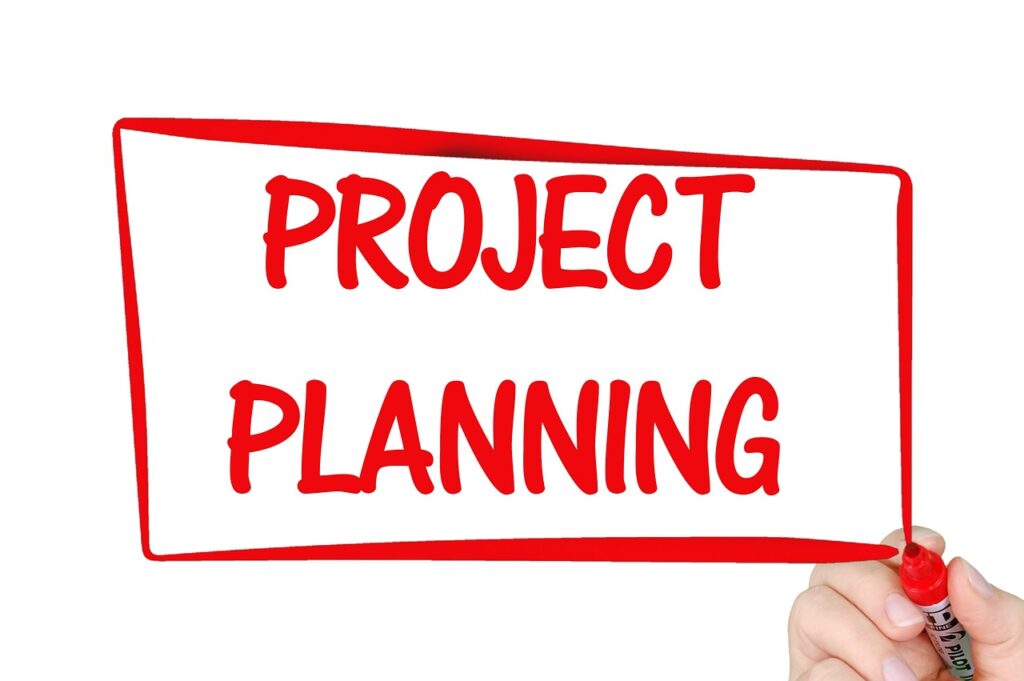
Project management is a critical aspect of any luxury design-build project. The intricate details, high expectations, and substantial investments involved make it necessary to apply the best practices in project management to ensure success. From staying organized to effective communication, this guide will walk you through some essential best practices for project management in the luxury design-build sector.
1. Stay Organized
Keeping track of all details, no matter how big or small, is crucial to ensure that nothing slips through the cracks1. Utilize project management tools that allow you to organize tasks, deadlines, and documents all in one place. Regularly update your progress, and make sure all team members have access to the necessary information. Organizational skills are a must-have for interior designers as they are responsible for managing multiple aspects of the project, from conceptualization to execution.
2. Create a Schedule
Creating a schedule and setting and communicating deadlines is crucial for keeping the project on track1. Break down the project into smaller, manageable tasks, and assign deadlines to each task. Share this schedule with all team members and stakeholders to ensure everyone is aware of the expectations and timeframes. Regularly update the schedule to reflect any changes or delays that may occur during the project.
3. Budgeting and Invoicing
Having budgeting and invoicing skills is essential to set realistic expectations for your clients1. This skill is mainly acquired with experience – knowing what is worth splurging on, what areas you can save on, what typical furnishings cost, what major structural changes cost, etc. Create a detailed budget that includes all aspects of the project, from design to construction, and regularly update it to reflect any changes. Make sure to communicate any budget changes with your clients and get their approval before proceeding. Additionally, establish a clear invoicing process with your clients to ensure timely payments.
4. Delegate Work
If designing is your main priority, you should focus most of your time and energy on that. Delegating work according to your team’s strengths will ensure that other aspects of the project are taken care of while giving you the time you need to create a design that will fulfill all of your clients’ requirements without compromising on quality1. Trust your team and delegate tasks effectively to ensure the project runs smoothly.
5. Organize the Project Team
Organizing the project team is the first step in planning and preparation. This means bringing together your employees, project management tools, and systems to prepare how you’re going to deliver design services2. Define the roles and responsibilities of each team member and make sure everyone is aware of their tasks and deadlines. Establish regular team meetings to update each other on the progress and address any issues that may arise.
6. Standard Processes
Keeping interior design projects on schedule requires organization, standard processes, and clear communication between the designer, clients, and contractors3. Establish standard processes for all aspects of the project, from design approvals to construction permits. Make sure all team members and stakeholders are aware of these processes and adhere to them. This will help to keep the project on track and avoid any misunderstandings or delays.
7. Learn the Building’s Guidelines
Before making a single design plan, the first step in interior design project management is to learn the building’s guidelines[^4]. Understanding the building’s rules and regulations will help you create a design that is compliant and avoids any legal issues. This may include restrictions on structural changes, materials used, or even the color palette. Make sure to communicate these guidelines to your clients and team members to ensure everyone is on the same page.
8. Choose the Right Project Management Methodology
There are several project management methodologies to choose from, such as Agile design project management, depending on the size of your team, the type of projects, and who you work with[^5]. Choose the methodology that best suits your project and team dynamics. This will help to streamline the project management process and ensure everyone is working towards the same goals.
9. Effective Communication
Clear communication between the designer, clients, and contractors is essential to keep the project on track[^6]. Establish regular communication channels and update all stakeholders on the progress regularly. Make sure to address any concerns or questions promptly and clearly. Effective communication will help to build trust with your clients and ensure a smooth project from start to finish.
Conclusion
By following these best practices, project management in luxury design-build can be more efficient and effective. Remember, staying organized, creating a schedule, budgeting and invoicing, delegating work, organizing the project team, establishing standard processes, learning the building’s guidelines, choosing the right project management methodology, and maintaining effective communication are all essential components of successful project management in the luxury design-build sector.
Your dream luxury home is within reach. Trust the process, work with experienced professionals, and keep these best practices in mind to ensure a successful project from start to finish.

